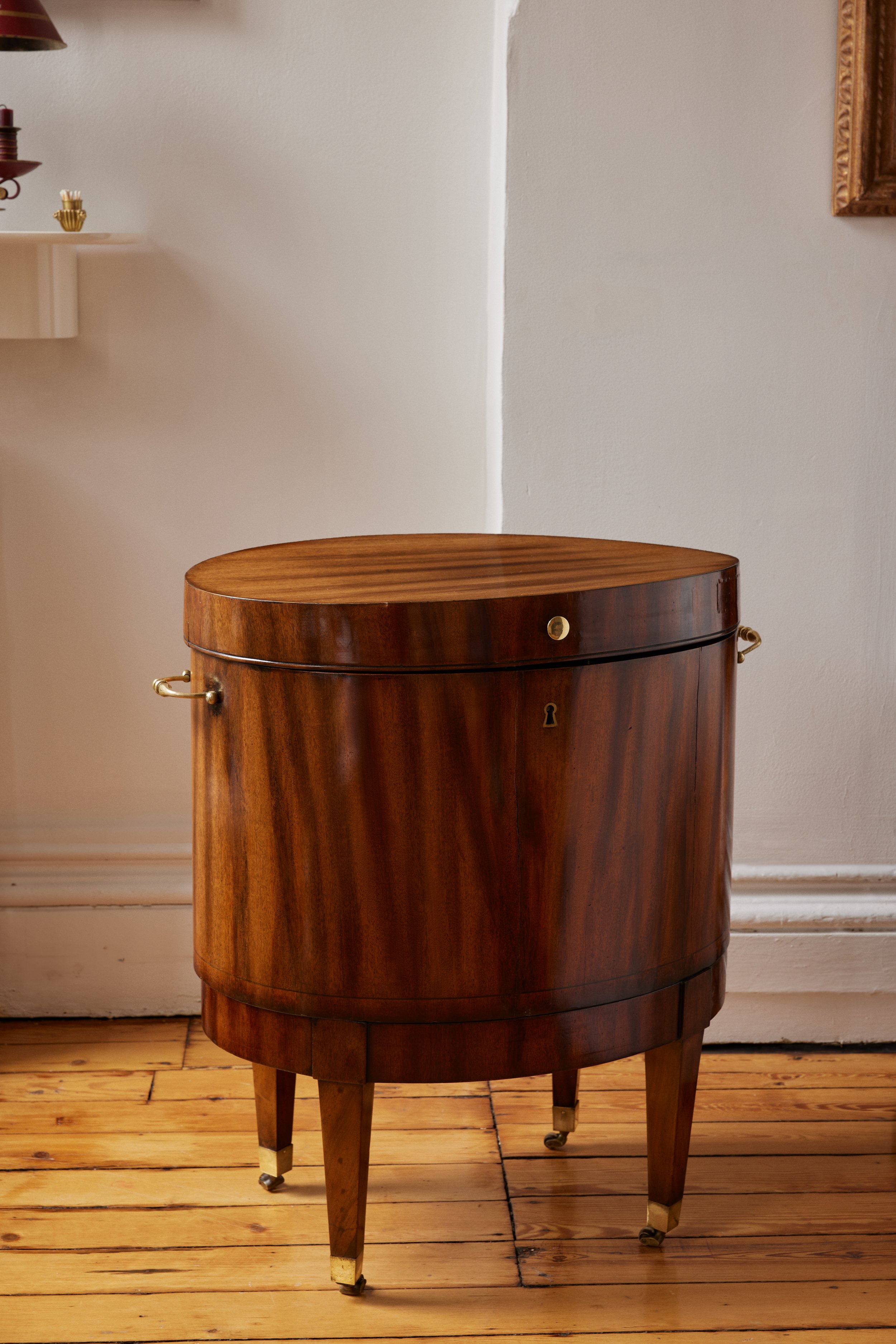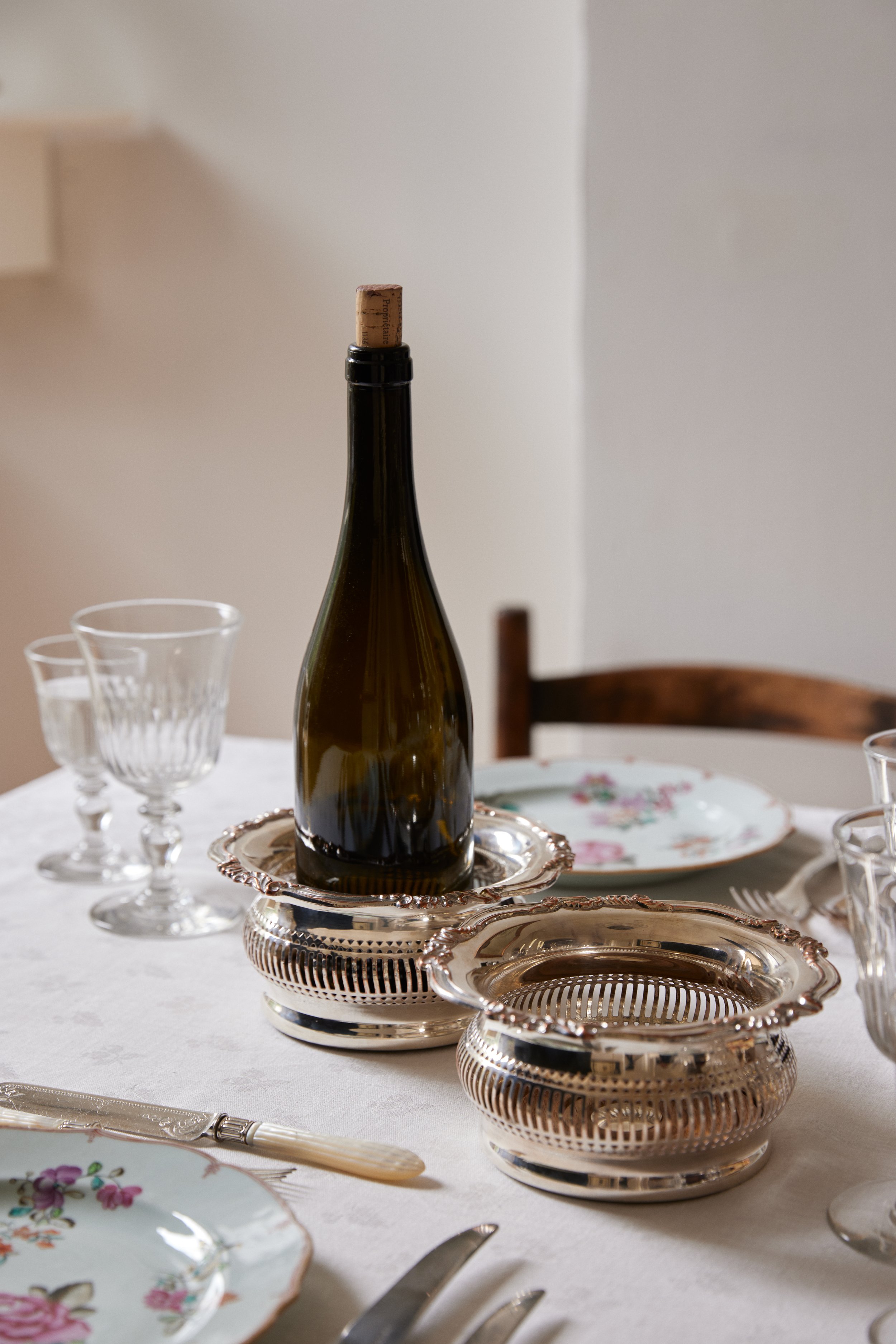†
ANTIQUES
Curio’s Practical Guide to Antiques:
The Cellarette
Introducing Curio’s Practical Guide to Antiques, a place where we can immerse ourselves in the history of a particular object & tell its story.
CELLARETTES, defined as cases or diminutive cellars that contain wine, were first mentioned as early in 1690 by Gerreit Jensen, the Royal cabinet-maker to King William III and Queen Mary, but did not come into fashion until approximately the early eighteenth century, during the Georgian era (1714-1830). A time of extravagance and grandeur, it was not until this period that it became fashionable for the aristocracy to have a dedicated room for dining. Dinner was not merely a meal; it was an event of carefully planned indulgence. A formal eighteenth century “Dinner”, was served in three or four “Stages” or courses, with upwards of 30 different dishes being laid on the table at once. The table would have been akin to a buffet at which guests were then seated. Wine and other libations would be placed in a cellarette under the sideboard, from which it could easily be wheeled out.
“Convitto in casa Nani alla Giudecca”, 1755, Olio su tela, 130 x 97 cm, Ca’ Rezzonico, Venezia - Italia
Originally conceived as a mostly functional item for the storing and cooling of wine, as the extravagance of dinners grew so too did the attention paid to cellarettes: they became larger, more specialized pieces of furniture. No longer content to be hidden under the sideboard, the growing scale and ceremony of these pieces became a reflection of the incredible English appetite for drinking. As Robert Adam in his Works in Architecture (1778-86) observes, the English are “accustomed by habit, or induced by nature of our climate to indulge more largely in the enjoyment of the bottle” than are the French.
Mahogany Sideboard, ca.1790 - ca.1820 (made), from V&A Museum Collection
Mahogany cellarette, attributed to Duncan Phyfe, 1800–30; in the Metropolitan Museum of Art, New York City.
A Regency Mahogany Oval Cellaret, in the manner of Gillows, circa 1810 from Christies Nov 14, 2013. Price realized GBP 13,750.
As time went on, the traditional octagonal shape of the cellarettes gave way to more fashionable styles such as the sarcophagus form resting on cabriole legs. By the early 1800s, variety in form and design grew to the point where some cabinet makers defined their trade as being a “cellaret-maker.” In the nineteenth century, the cellarette evolved to become an even larger piece of furniture that not only housed bottles of wine but also served as storage or display for glassware and decanters.








